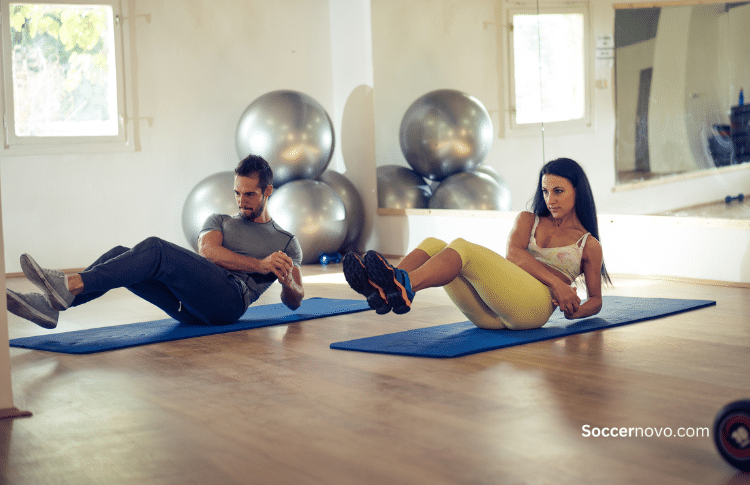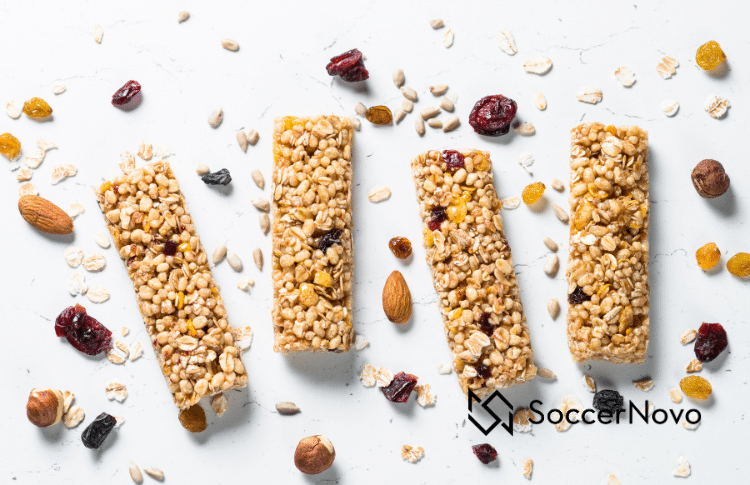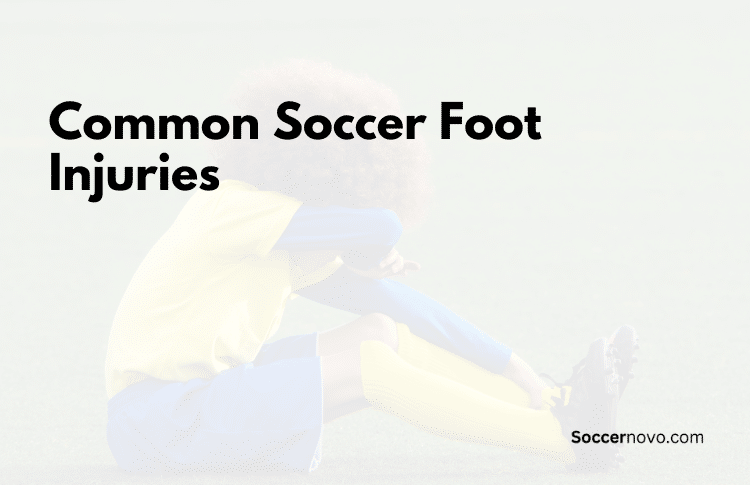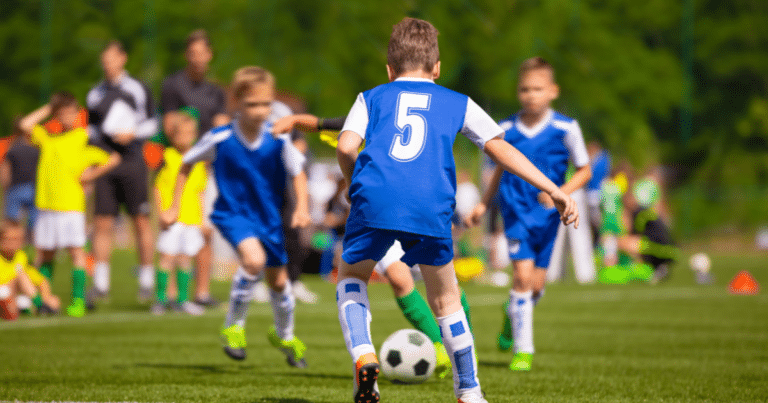Are Glutes Important in Soccer?
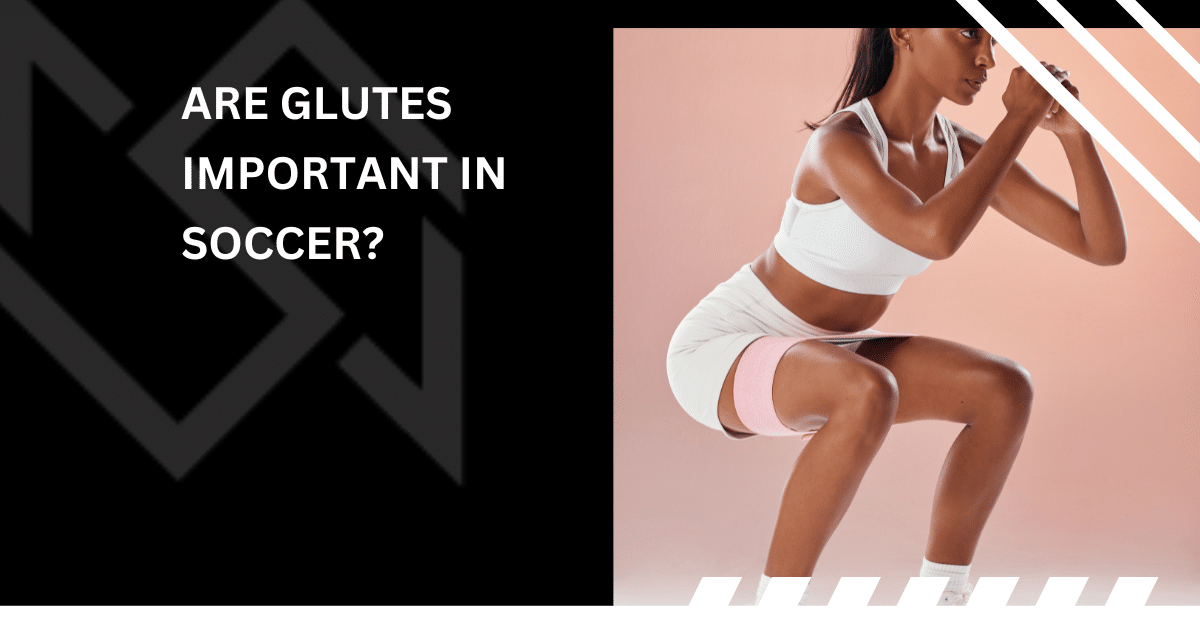
Yes, glutes are important in soccer or any other sport!
Our gluteal muscles, or butt, help us sit, stand, walk, run, spring, and jump. They help us do it all!
In soccer, your glute muscles control much of your movement, balance, power, and speed. If you want to maximize your potential, it starts with the driver of your body. And, it all begins with the glutes.
How Do Glutes Affect My Soccer Performance?
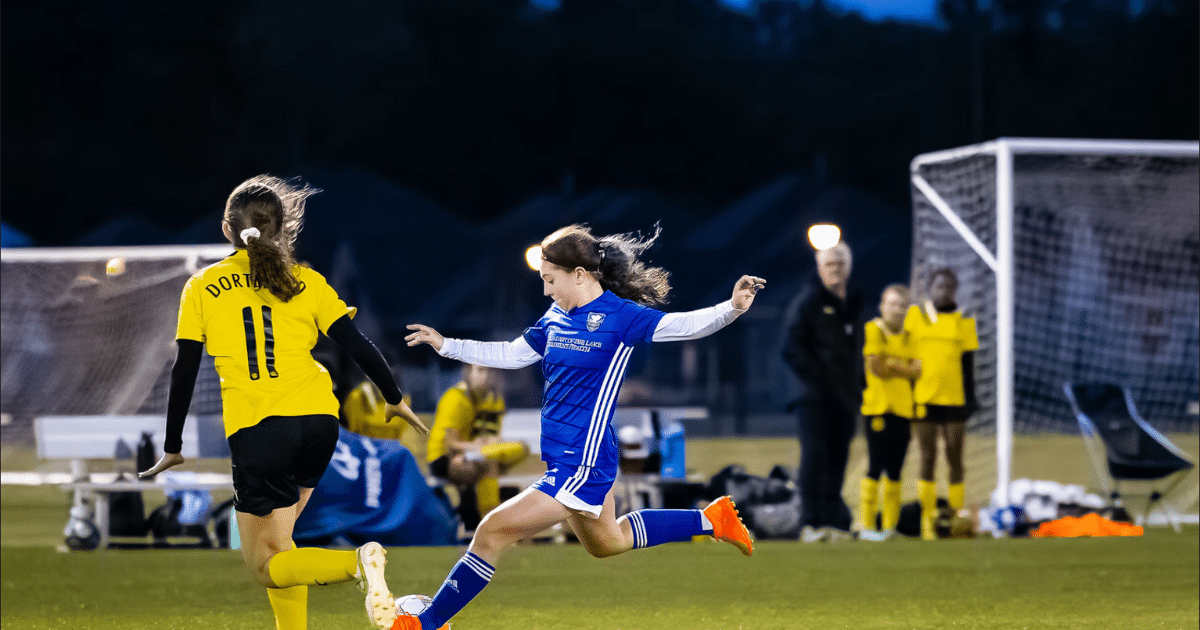
Soccer requires a lot of running, jumping, and quick changes of direction. Now that you know your glutes play a pivotal role, let’s dig into it some more.
Enhancing Running Speed
Whether you’re sprinting down the field to score a goal or chasing after an opponent, being able to run faster can be a difference maker.
Your glutes are the largest and strongest muscles in your body, and they play a key role in propelling you forward when you run.
A study published in the Journal of Strength and Conditioning Research found that soccer players who activate their glute muscles run faster and avoid more injuries. This alone should make you want to strengthen your glute muscles.
Improving Jumping Power
Jumping higher and quicker can have a big impact on your game as you get older.
Whether you’re going up for a header or jumping to block a shot, you need to be able to jump high and quickly.
Your glutes play a key role in your jumping ability by providing the power and explosiveness needed to lift your body off the ground.
Stabilizing the Pelvis
Lastly, your glutes are important in stabilizing your pelvis during soccer movements.
When you run, jump, and change direction, your pelvis needs to remain stable in order to prevent injury and maintain proper form.
Your glutes help to stabilize your pelvis by controlling the movement of your hips.
Many studies have found that players with weaker glutes experience more knee and hip injuries than those with a stronger foundation.
What Are Common Injuries From Weak Glutes?
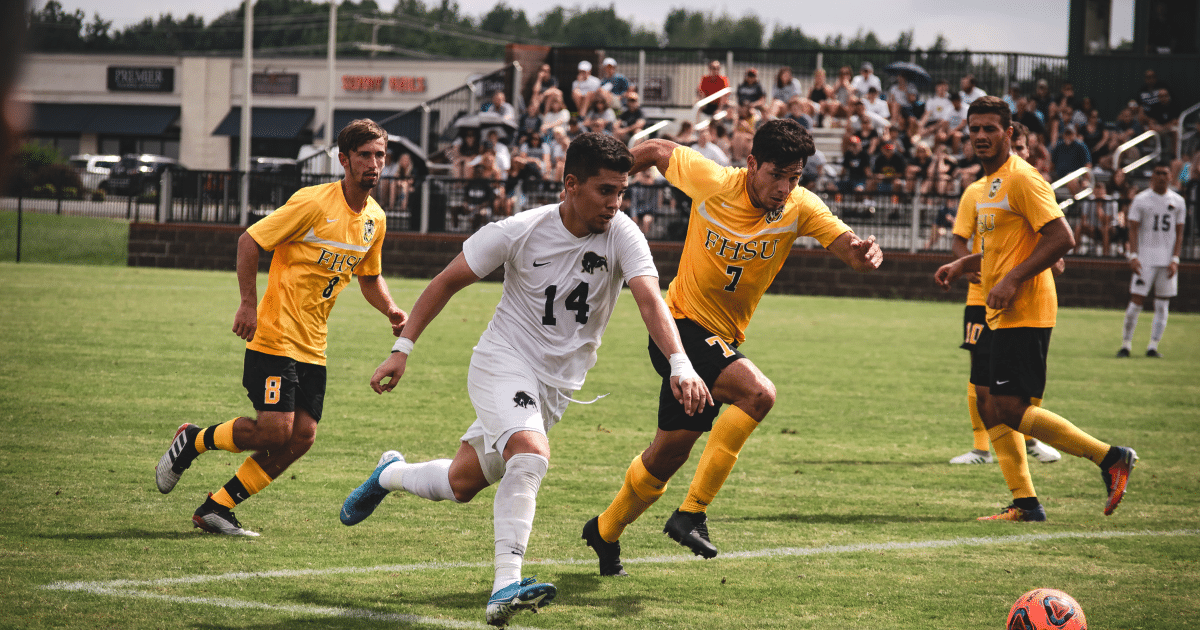
Strengthening your glutes can help you avoid trips to the ER and avoid many chronic injuries.
Here are a few examples of injuries that can be caused by weaker-than-normal gluteal muscles:
- Anterior Cruciate Ligament (ACL) injuries
- Hamstring strains
- Lower back pains
- IT band syndrome
- Piriformis syndrome
To avoid the injuries above, make sure you incorporate strength exercises into your weekly training.
Exercises such as squats, lunges, and hip thrusts can help target your glutes and improve their strength.
Also, remember to always warm up before exercising and consult with a trainer or coach if you are unsure about proper form. Professionals are there to help you!
What Are Some Effective Glute Exercises?

To strengthen your glutes, you need to do exercises that target those muscles specifically. Some of the most effective exercises include:
- Squats: Squats are great for soccer players! This is a great way to work your glutes, quads, and hamstrings. Make sure to keep your back straight and your knees in line with your toes.
- Lunges: Lunges are another great exercise for your glutes. Keep your front knee at a 90-degree angle and your back knee just above the ground.
- Glute bridges: Glute bridges are a simple but effective exercise for your glutes. Lie on your back with your knees bent and your feet flat on the ground. Lift your hips up towards the ceiling and squeeze your glutes at the top.
- Deadlifts: For older and more physically developed players, deadlifts can help build strength and power in your glutes. Make sure you get your form down first and then increase weight.
Here’s also some quick exercises you can do at home.
Incorporating Glutes into Soccer Drills
In addition to doing glute-specific exercises, you can also incorporate glute activation into your soccer drills. Here are some examples:
- High knees: As you run, lift your knees up high to activate your glutes.
- Jumping jacks: Jumping jacks are a great way to get your heart rate up and activate your glutes.
- Side shuffles: Side shuffles are a great way to work your glutes and improve your lateral movement on the soccer field.
Recovery and Muscle Care
Finally, it’s important to take care of your glutes after a workout. DON’T SKIP THIS PART! Here are some tips:
- Stretch: Make sure to stretch your glutes after a workout to prevent stiffness and soreness.
- Foam roll: Foam rolling can help release tension in your glutes and improve blood flow to the area.
- Rest: Make sure to give your glutes time to rest and recover between workouts.
Final Thoughts
By now, I hope you understand the importance of your glute (aka butt) muscles!
It is important to establish and strengthen these muscles at an earlier age. The sooner a player can prioritize them, the fewer injuries they may experience down the road.
In addition to injuries, activating these muscles can help you sprint faster out of the gate, jump with more explosion, and enable you to change direction in a split second!

Written By: SoccerNovo
SoccerNovo is an independent youth soccer media brand built to help parents, players, and coaches better understand the game and the pathways available in U.S. soccer. Our mission is to make youth soccer simpler, clearer, and more accessible for everyone involved in it.
Let’s connect


